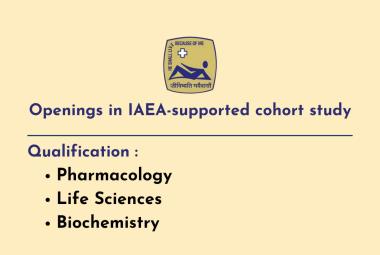U.S. Food and Drug Administration permitted marketing of the PicoAMH Elisa diagnostic test as an aid in the determination of a patient’s menopausal status.
[adsense:336x280:8701650588]
Menopause refers to the time in a woman’s life when she stops having a menstrual period and is no longer fertile. During the menopausal transition, the body's production of estrogen and progesterone, two hormones made by the ovaries, varies greatly. Bones become less dense, making women more vulnerable to fractures. During this period, lipid profiles may change including increases in low density lipoprotein (LDL), a type of cholesterol. After menopause, women enter post-menopause, when they are more vulnerable to heart disease and osteoporosis. It is important for women to understand their stage of menopausal transition to learn what, if any, additional health risks they may face and any preventative health steps to take.
The PicoAMH Elisa test measures the amount of Anti-Müllerian Hormone (AMH) in the blood. AMH levels represent one indicator available to clinicians to determine whether a woman is approaching or is likely to have reached her final menstrual period. The PicoAMH Elisa test is meant to be used only in conjunction with other clinical assessments and laboratory findings.
The FDA reviewed data submitted by the sponsor that included 690 women, aged 42 to 62, who participated in the multi-center, longitudinal Study of Women’s Health Across the Nation. The data showed that the PicoAMH Elisa test performed reasonably well at determining levels of AMH in the blood and identifying women who had their last menstrual period and women who were more than five years away from their last menstrual period.
Clinicians should carefully evaluate PicoAMH Elisa test results in the context of a full clinical work up to ensure that contraceptives are not discontinued in women who have not yet reached menopause and that uterine bleeding due to endometrial cancer is not dismissed as a diagnosis. The PicoAMH Elisa test should not be used to assess a woman’s fertility status or to monitor or predict the ovarian response in women undergoing or planning to undergo fertility treatments.
The FDA reviewed data for the PicoAMH Elisa test through the de novo premarket review pathway, a regulatory pathway for low-to-moderate-risk devices of a new type. Along with this authorization, the FDA is establishing criteria, called special controls, which set forth the agency’s expectations in assuring the accuracy, clinical performance and labeling of tests intended to be used as an aid in the determination of a patient’s menopausal status. These special controls, when met along with general controls, provide a reasonable assurance of safety and effectiveness for these tests.







